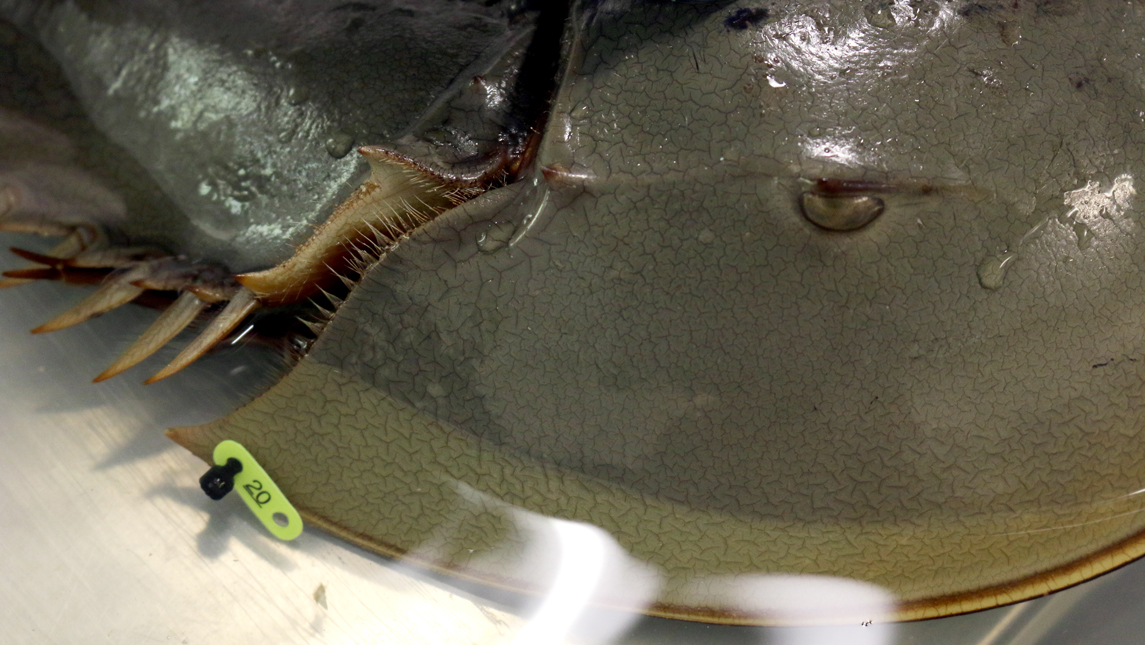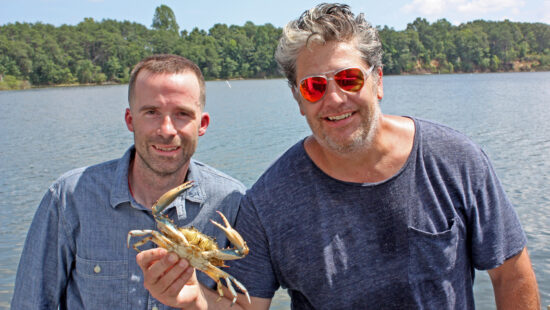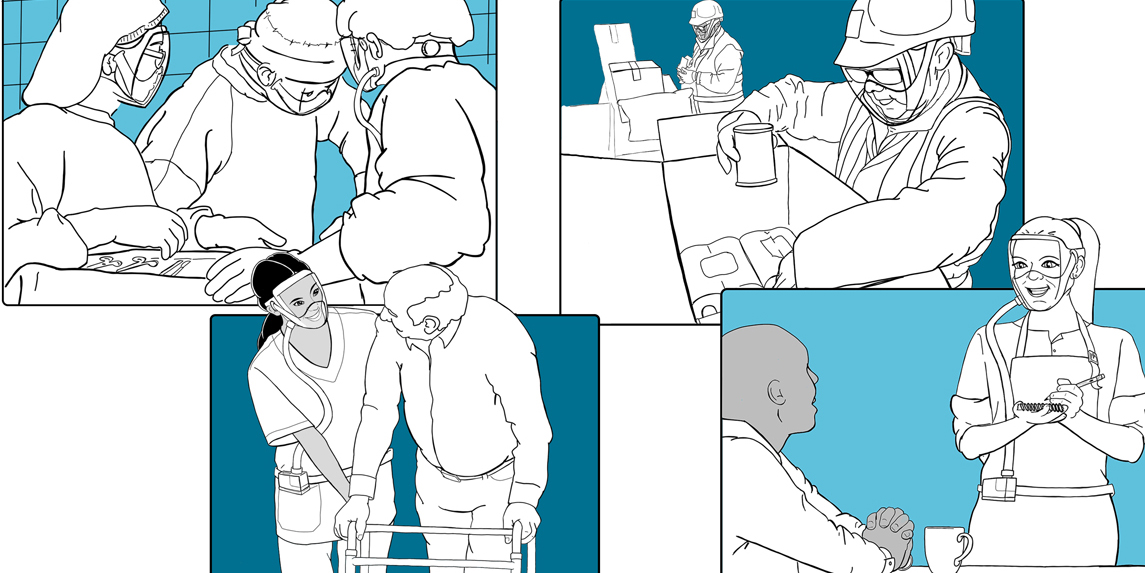In the COVID-19 pandemic era, personal protective equipment is crucial for frontline medical professionals and those they serve, as well as for many others who cannot do their essential work from home.
Kepley BioSystems, a North Carolina biotech company, is developing new and innovative technology aimed at protecting frontline workers, patients, and travelers during the Covid-19 pandemic. The technology seeks to protect people not only from viral infections, but also bacterial dangers, which are a hidden threat for the immunocompromised and others during the pandemic.
Last week, Kepley BioSystems, led by Joint School of Nanoscience and Nanoengineering alumnus Dr. Anthony Dellinger ’15 and co-founded by JSNN professor Dr. Christopher Kepley, filed an accelerated patent for its personal protection air sterilization technology.
The technology being developed comes from what might seem like an unlikely source: the company’s previous work with horseshoe crabs.

Horseshoe crab blood contains specialized cells called amebocytes, which are very sensitive to endotoxins. Amebocytes are the key component of the Limulus Amebocyte Lysate (LAL) assay the gold standard for evaluation of drug and vaccine safety. Kepley BioSystems scientists have distinguished themselves by publishing widely read work about the topic, and by filing a grant to work further with the pathogens involved.
While harvesting the blood from the horseshoe crabs in their labs, Kepley scientists must obtain the sensitive material without compromising it. To do so, they created aseptic technique protocols to protect the LAL from airborne contamination.
When the COVID-19 pandemic arose, the Kepley team realized they had an impetus to develop something to help the medical community as well as patients and potentially others, based on the techniques they have been using in their lab with the horseshoe crab blood.
Their thoughts turned towards masks.
What if they could create a mask that could efficiently kill microbes that entered, and provide breathable, sterile air for the wearer? And what if, also, through a secondary mechanism, the mask could expel sterile air into the environment? Fully bioactive masks.
Most of the Kepley team has a background in clinical chemistry and medical technologies, including Dellinger, whose JSNN thesis focused on nanomaterials and how they affect medicine, so the turn towards this development was perfectly in line with their interests and capabilities.
The same techniques used by Kepley scientists can be adapted for use in a mask to eliminate viral, bacterial, and fungal pathogens from the air. It also makes it easier to breathe for someone who might be wearing the mask for many hours, for instance, during a hospital shift.
With the knowledge that many people with COVID-19 may also develop secondary infections and comorbidities, and that medical workers who have used what protective gear has been available to them are still contracting COVID-19, Dellinger and the Kepley team felt a responsibility to use their data and capabilities to make something that could help.
The mask could be used to slow the spread of COVID-19 and also to protect patients and others from secondary infections within medical facilities. The technology can also be adapted for use in manufacturing, shipping, and food preparation and packaging facilities, as well as in shared, enclosed spaces such as aircraft, operating rooms, auditoriums, and cars.

Dellinger states resources that will provide the antimicrobial capabilities are available, and that with the right partnerships, the bioactive masks could be produced and deployed by the end of 2020.
Successful Kepley Biosystems projects run the gamut – from a synthetic and sustainable fishing bait that helps the coastal environments, to chemistry rooted in the management of horseshoe crab blood, to odor technology to help shelter animals. The ability to diversify and to develop technology that does good through cross-disciplinary thinking and invention are the things Dellinger recalls from his time as a student at JSNN.
“UNCG and JSNN create a diverse, interdisciplinary and collaborative research environment that allows scientists to examine problems in a unique way, and to look at the bigger picture,” he says. “In any realm, we’re looking to make lives easier and environmentally better.”

Story by Susan Kirby-Smith, University Communications
Images and photography courtesy of Kepley BioSystems
